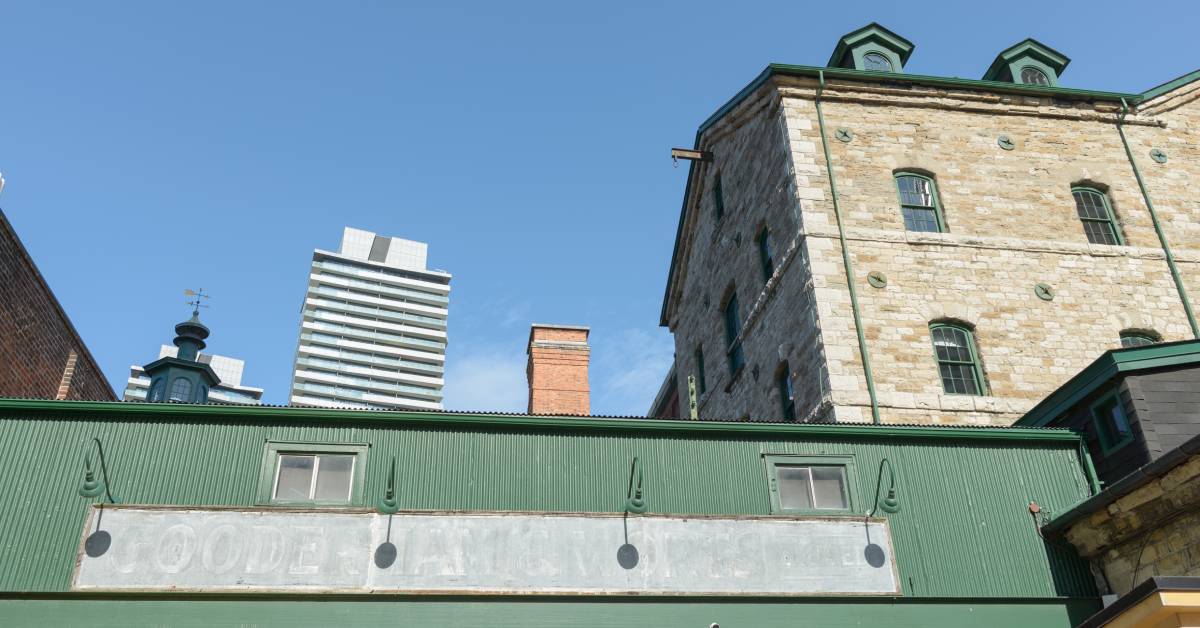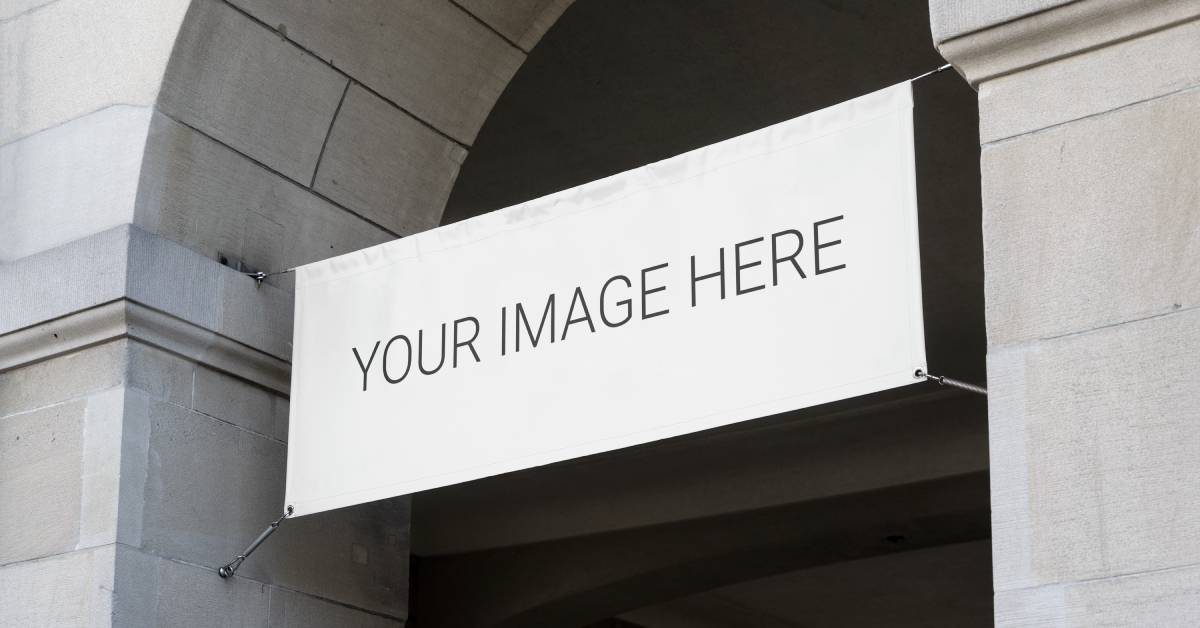Outdoor banners face a relentless battle against the elements. Smart business owners recognize that selecting the right banner material from the start saves money and maintains their brand integrity over time.
This comprehensive guide examines what type of banner material best holds up to fading and provides you with the knowledge you need to make informed decisions about your signage investments. Understanding material properties, environmental factors, and protective treatments will help you select banners that preserve their impact throughout their intended lifespan.
Why Fade Resistance Determines Banner Success
Bold, vibrant banners grab attention and reflect a professional image. Faded graphics, on the other hand, signal neglect and can damage your brand’s credibility, potentially pushing customers toward better-presented competitors.
Durable banners save money over time. A banner that lasts for two years offers far more value than one replaced every six months, especially when you factor in labor for installation and removal.
Some situations demand that banners have high fade resistance. For instance, trade show displays, street promotions, and building signage all require banners that hold up under extended exposure and continue to represent your brand at its best.
Environmental Factors That Destroy Banner Colors

Sunlight, especially UV rays, breaks down ink and banner materials. Reds and yellows fade fastest, and high-altitude or sunny areas speed up this damage. Air pollution, like ozone and nitrogen oxides, triggers chemical reactions that weaken banner inks and substrates. Urban and industrial areas pose higher risks.
Moisture causes fading and physical wear. Rain can wash away ink, while humidity invites mold. Freeze-thaw cycles and trapped moisture lead to cracks and further damage, and temperature swings take their toll. Heat speeds up fading, while cold makes materials brittle. Daily shifts cause expansion and contraction that slowly break down banners.
Critical Elements That Extend Banner Lifespan
Choosing the right ink and protective finishes is just as important as selecting a banner material. These components directly impact how well your graphics resist fading and wear over time.
Ink Technology Selection
Solvent-based inks penetrate deeply into substrates and resist UV degradation better than water-based alternatives. These inks create strong chemical bonds with banner materials, reducing the likelihood of color migration or fading. However, solvent inks require proper ventilation during application and may cause environmental harm due to their volatile organic compounds (VOCs).
Eco-solvent inks balance environmental responsibility with durability. These formulations produce less harmful emissions while maintaining good fade resistance. Many facilities offering large-format printing in Boston prefer eco-solvent systems for their quality output and workplace safety.
UV-curable inks polymerize instantly when exposed to ultraviolet light during printing. This curing process creates durable color layers that resist fading and physical wear. UV inks work particularly well on nonporous substrates like vinyl and rigid plastics.
Protective Coatings and Lamination
UV-protective coatings absorb harmful radiation before it reaches printed inks. These clear films or liquid coatings contain UV-blocking compounds that can double or triple the effective lifespan of outdoor banners.
Lamination creates a protective barrier against moisture, pollutants, and physical damage. Clear laminate films bond to printed surfaces and provide ongoing protection throughout the banner’s service life. The lamination process increases banner cost but delivers substantial longevity benefits for permanent installations.
Superior Banner Materials for Outdoor Durability
Not all banner materials perform the same outdoors. Choosing the right substrate means your signage holds up to weather, sunlight, and wear.
PVC Vinyl
Scrim vinyl combines polyvinyl chloride (PVC) coating with a woven polyester mesh core. This construction provides exceptional tear resistance and dimensional stability across temperature ranges. The smooth surface accepts inks well and resists moisture penetration, making it ideal for extended outdoor use.
PVC vinyl offers outstanding cost-effectiveness for most outdoor applications. These banners typically maintain an acceptable appearance for 18 to 24 months in moderate climates. The material handles wind stress well and resists color bleeding during rain exposure.
That said, the material does have disposal challenges. Some municipalities restrict PVC banner use, requiring alternative materials for compliance. Despite these concerns, PVC remains the industry standard for durable outdoor signage.
Mesh Vinyl
Perforated vinyl allows air passage while maintaining graphic integrity. The mesh structure reduces wind loading on support structures, making it essential for large installations or exposed locations. Construction sites and building wraps benefit greatly from mesh vinyl’s wind resistance.
Mesh banners sacrifice some color vibrancy for improved durability in challenging conditions. The perforations reduce total ink coverage, slightly diminishing visual impact compared to solid materials. However, improved structural performance often outweighs this minor aesthetic compromise.
Fabric
Polyester and canvas fabrics provide a premium appearance and rich color reproduction. These materials accept inks differently than vinyl, often producing deeper, more saturated colors. Fabric banners work exceptionally well for indoor applications and short-term outdoor use.
Untreated fabrics show limited fade resistance compared to synthetic alternatives. UV-protective treatments improve outdoor performance but add cost and complexity. Fabric banners excel in applications where appearance quality matters more than an extended lifespan.
Lightweight Synthetic Materials
Polypropylene banners are a recyclable alternative to PVC known for their reasonable durability. These materials work well for temporary promotions and seasonal displays. Their lighter weight reduces shipping costs and simplifies installation procedures.
Polyethylene provides basic weather resistance at economy pricing. While not suitable for long-term installations, these banners are effective for grand openings, sales events, and other short-duration applications where cost control matters more than longevity.
Expected Performance Timelines
Material choice directly affects how long a banner lasts outdoors. Premium vinyl with UV lamination can stay vibrant for three to five years. Standard vinyl without protection often fades in 12 to 18 months. Fabric fades within six to 12 months unless treated, and lightweight synthetics may need replacing after just three to nine months.
Location also matters. South-facing banners fade faster due to constant sun exposure. Coastal air, city pollution, and mountain UV levels all speed up color loss, wearing down the banner faster.
Maximizing Banner Investment Returns
Proper installation protects banners from wear and wind damage. Mount the banner with even tension to avoid overstressing the material. Strategic placement helps too. Shade reduces UV exposure, and keeping banners off rough surfaces prevents abrasion.
Routine maintenance keeps banners looking sharp, so clean them gently to remove pollutants and fix small issues before they worsen. Store reusable banners rolled up in a clean, dry space. This storage method prevents creases, mold, and material breakdown between uses.
Professional Printing Considerations

Professional equipment maintains consistent temperature and pressure throughout production, creating uniform results that resist premature fading. The types of banner materials that hold up best to fading depend partly on proper printing technique execution.
Color management systems encourage accurate reproduction that maintains brand standards. Professional facilities calibrate equipment regularly and use standardized color profiles for consistent results. This attention to detail prevents color shifts that might appear as premature fading.
Making Smart Material Choices
Smart material selection balances durability, appearance, cost, and environment. Use premium, treated materials for long-term installs. For short-term displays, budget-friendly options often work well.
Consulting a professional simplifies the process. Experienced printers know what works in your environment and can help you avoid costly mistakes. Working with local experts offers extra benefits. They understand regional conditions and tailor recommendations for better performance and faster turnaround.

